By Daniel Bonner
- Does your review team choose effective, proven processes based on your desired outcomes, metrics to measure success and pivot quickly if needed, and the people to accomplish your goals with precision? Common cost overruns can be eliminated by thoughtful project planning and workflows, leaving no gaps or surprises. Achieving the best outcome starts with choosing the right people, processes, and metrics.
- Is your review team committed to defensibly reducing the size of the dataset before the review begins and capable of leveraging all appropriate TAR solutions? The right review team will be squarely focused on changing the denominator in your price per document equation. Don’t miss the opportunity for significant cost reduction by only focusing on the numerator.
- What are your metrics for having to do rework? Poor work quality means much higher total project costs. Counsel’s time spent babysitting poorly managed teams, conducting QC to fix mistakes, re-reviewing documents to extract key learnings, and getting up to speed because the review team can’t take it over the finish line adds up quickly and at tremendous expense.
- Are deadlines driving your staffing and workflow decisions or do you bring defensible creativity and commitment to cost-effective solutions to the table regardless of schedule? When crunch time hits, you need a team that performs flawlessly at high velocity.
Contact us to discuss how we can help you with eDiscovery and data analytics.
Daniel Bonner is the MacGyver of Level Legal. There’s nothing the director of client solutions can’t figure out, from housebuilding to vehicle restoration to precision shooting. At work, he pays careful attention to details and communicates clearly with clients to deliver the delightful service our customers have come to expect.


